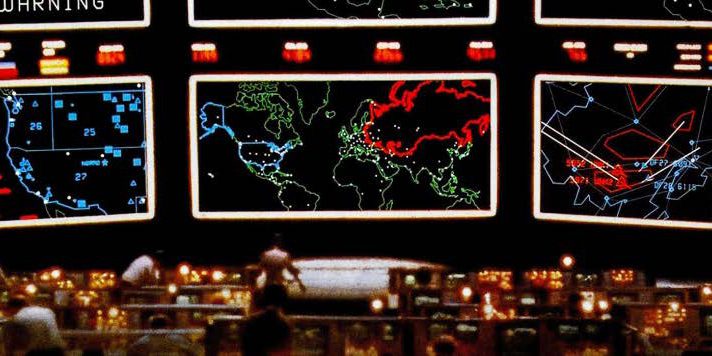Adjudication
For a wargame to fulfill its role as an activity where discovery can take place, the participants must be allowed to try different courses of action within the artificial environment that the wargame presents. Then those courses of action must be evaluated (according to a method, that is part of the game “system”), in order to determine the likelihood of success they might or might not have against an opposing course of action. This is the essential tempo of a wargame – the game presents a situation to the player, the player studies that situation and selects a desired future state to achieve, decides on a course of action that he/she believes will result in that future state, and executes that course of action within the game. The game responds (based on input from other players, the environment, game systems controlling non-player factions, etc.) by adjudicating the opposing actions, and presenting a new situation. The chief task of the game system, whether it is an analog system for a tabletop or seminar wargame, or a computerized system, is the ability to evaluate the results of the player situations, along with all the other details. This is referred to as adjudication. The similarity of the wargame tempo (observe, orient to a desired outcome, decide on a course of action, execute that course of action) is similar to the operational concept of the OODA loop – observe, orient, decide and act. The OODA loop was devised, originally, by USAF Colonel John Boyd, and an in depth discussion of some of his presentations that explained the idea is in Osinga [18]. It is commented on, in relationship to wargaming, by Perla [4].

Figure 1-Player action loop in a wargame
Adjudication is the examination of the resources committed, and actions proposed, that result from the decisions (Figure 1) that players in the game make. Those resources and actions are then compared against those of the opponent, with consideration given to space and time in the combat environment, as well as the situation within the environment. Then results are generated. Such results can be a description of whether or not a course of action succeeds, or more commonly, the results for small parts of an overall course of action. These results can be an indication of loss of resources, or attrition, when conflict occurs. Equally, they can be the indication of whether or not a planned for activity succeeds (such as a movement action, or a combat engineering action). An adjudication system will typically not indicate whether or not a particular course of action is succeeding, but it will determine the tangible, knowable effects that result from player decisions. It is then up to the player, or a referee, to interpret those effects, and (as in actual operations) compare them to expected results, to see if a course of action is performing as intended. It is always possible, again as in actual operations, that both sides in a conflict, when given the range of effects that result from their decisions will either both consider their plans to be succeeding, or both failing. In some wargames, a referee will make a pronouncement one way or another, although in discovery wargames there is often value in allowing the players to only react to what they know, and interpret, from the game situation.


